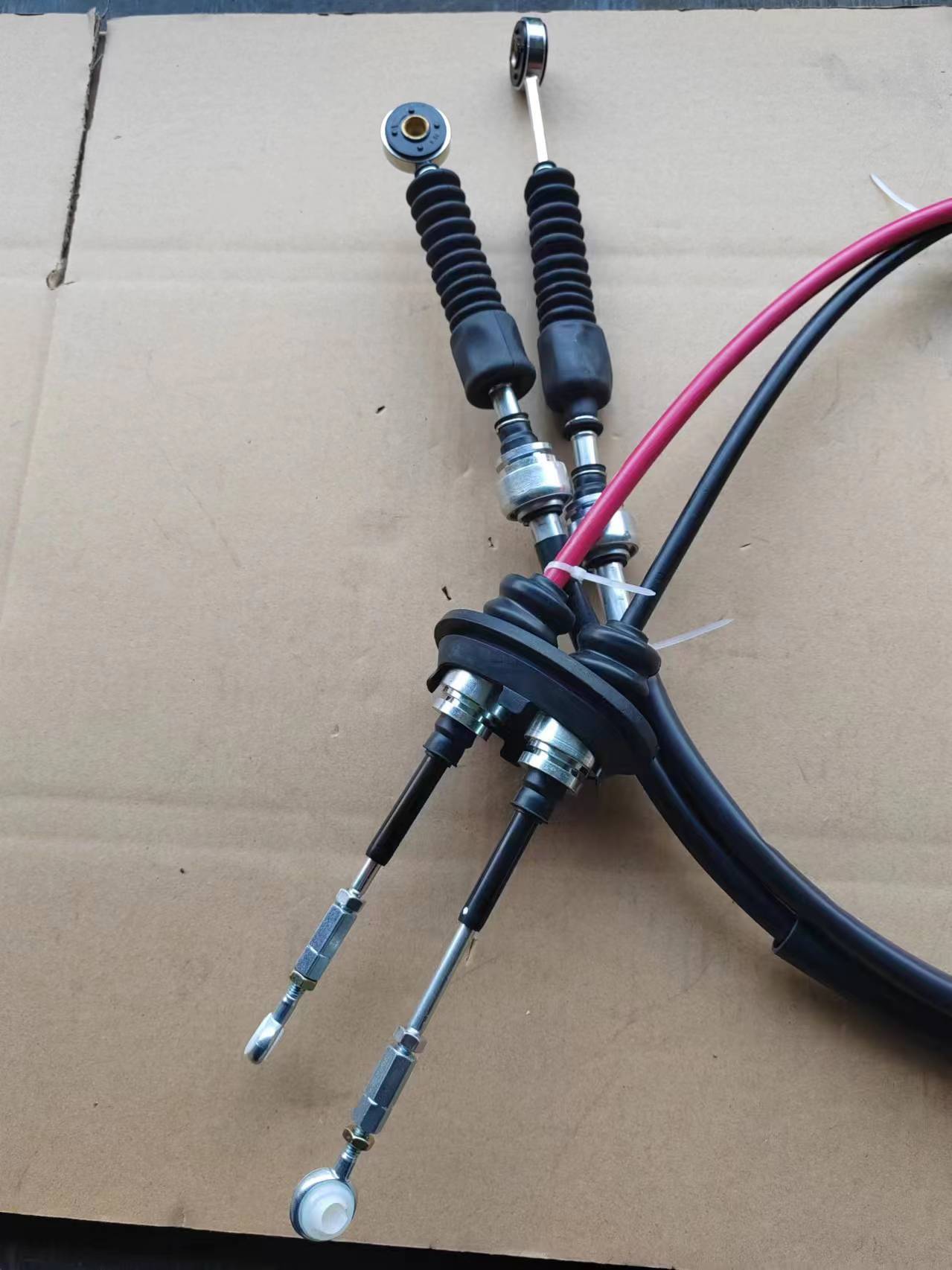throttle cable linkage
Understanding Throttle Cable Linkage Essential Insights
Throttle cable linkage is a fundamental component in many internal combustion engine systems, primarily in automobiles, motorcycles, and various machinery. Its primary function is to connect the throttle pedal or lever to the throttle body, regulating the engine's air intake and, consequently, its power output. While it may seem like a simple mechanism, the throttle cable linkage plays a critical role in the overall performance and drivability of a vehicle.
The Basics of Throttle Cable Linkage
Throttle cable linkages come in various types, but the most common is the mechanical cable system. This system consists of a flexible cable housed within a protective sleeve. One end of the cable is attached to the throttle pedal, while the other end connects to the throttle body. When the driver presses the pedal, the cable pulls the throttle plate open, allowing more air to enter the engine, thereby increasing power. Conversely, releasing the pedal adjusts the throttle back to a closed position, reducing air intake and power output.
Types of Throttle Cable Linkages
There are primarily two types of throttle cable linkages mechanical and electronic
. Mechanical systems use a physical cable to create a direct connection between the driver’s input and the throttle body, providing immediate feedback and control. This type is renowned for its simplicity and reliability, particularly in older vehicles.On the other hand, electronic throttle control (ETC), often referred to as drive-by-wire, replaces the mechanical linkage with electronically controlled actuators. This system offers several advantages, including enhanced fuel efficiency, reduced emissions, and the ability to integrate various driver assistance technologies. However, it also introduces complexity, as the system must rely on sensors and software to regulate throttle input.
Advantages of Throttle Cable Linkage
throttle cable linkage

One of the key benefits of traditional throttle cable systems is their direct control. Mechanical cables provide a more tactile driving experience, as drivers can feel the connection between their inputs and the engine's response. This can enhance driver confidence and overall enjoyment.
Additionally, mechanical systems are relatively easy to repair and maintain. If a cable wears out or frays, replacement is straightforward and typically less costly than diagnosing issues with complex electronic systems.
Challenges and Considerations
While throttle cable linkages are effective, they are not without their challenges. Over time, cables can stretch, fray, or become contaminated with dirt and grease, leading to sluggish or unresponsive throttle response. Regular maintenance is essential to ensure the longevity and effectiveness of the cable. This might involve periodic inspection, lubrication, and eventual replacement.
In contrast, electronic systems, while providing precision and adaptability, can face issues related to electronics and software failures. These systems require specialist diagnostic tools and skilled technicians to address problems, potentially leading to higher repair costs.
Conclusion
The throttle cable linkage is a vital aspect of many vehicles' performance and efficiency. Its ability to translate driver input into engine response is essential for a responsive and enjoyable driving experience. Whether opting for a mechanical system or an electronic throttle control, understanding the nuances of throttle cable linkage can help drivers appreciate their vehicles’ engineering and performance better.
As vehicles continue to evolve with advancements in technology, the future of throttle control may lean toward increasingly sophisticated electronic systems. Yet, the fundamental principles of throttle control—ensuring the right amount of air reaches the engine in response to driver inputs—remain constant. Both mechanical and electronic throttle linkages serve their purpose, contributing to the intricate dance of engineering that powers the vehicles we rely on every day.
-
Workings of Clutch Pipe and Hose SystemsNewsJun.04,2025
-
The Inner Workings of Hand Brake Cable SystemsNewsJun.04,2025
-
The Secrets of Throttle and Accelerator CablesNewsJun.04,2025
-
The Hidden Lifeline of Your Transmission Gear Shift CablesNewsJun.04,2025
-
Demystifying Gear Cables and Shift LinkagesNewsJun.04,2025
-
Decoding Clutch Line Systems A Comprehensive GuideNewsJun.04,2025
